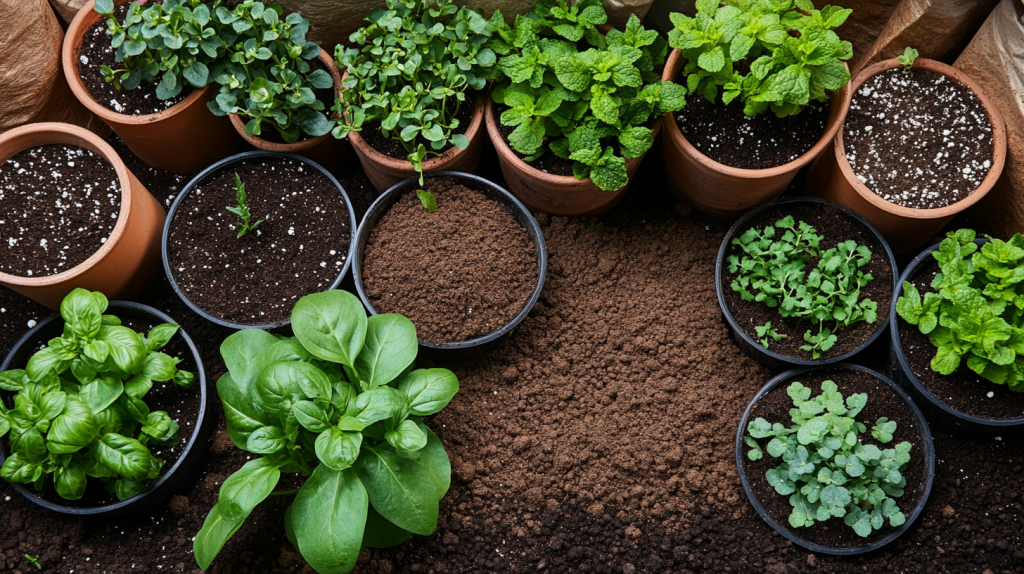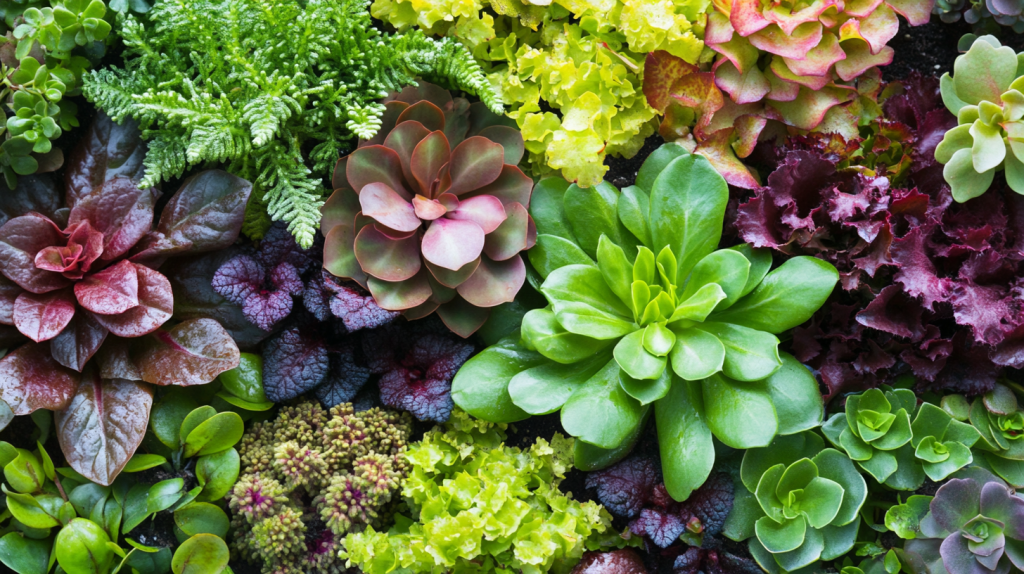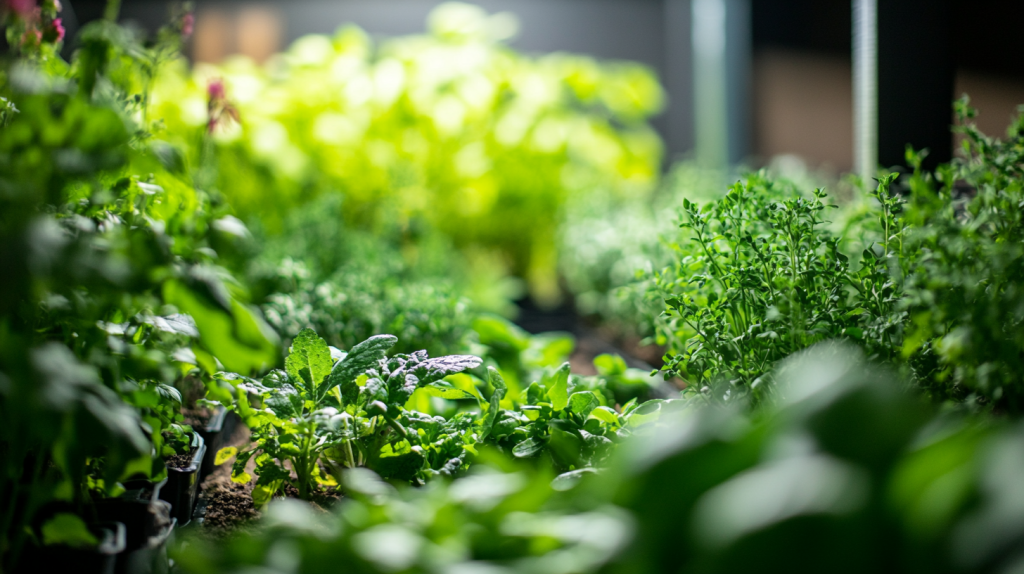Indoor gardening is truly rewarding – from all kinds of lush flowers to different kinds of nutritious herbs. Growing them is perhaps among the most fulfilling hobbies or pastimes, but even the most skilled indoor gardeners make some of the commonest mistakes. With that in mind, knowing the most common mistakes in indoor gardening and how to avoid them will become vital components of creating that lush, thriving indoor garden.
Wrongly Chosen Plants for Indoor Conditions
Not all plants are right indoors. The majority of beginning indoor garden people make the mistake of selecting plants that need much sunlight, humidity, or space than the house would allow. Find plants that will really enjoy indoor location conditions such as pothos, snake plants, and succulent plants. Do a little research about your selected plants so that you will be well-informed whether their needs will match light and temperature found in your location.
Overwatering or Underwatering Plants
The most common household mistake with respect to watering is creating an indoor garden. Overapplication of water will cause root rot, while underapplying water will cause dehydration, which in turn stunts growth. This can be prevented using well-draining planters and pots but should also have regular maintenance in checking of soil moisture. A moisture meter is an excellent investment to know for certain that the plants get just the right amount of water.
Lack of Enough Lighting
Light is the second most common problem, either too little or too much. Some plants do just fine under low-light circumstances, but the majority will require bright, indirect light. Keeping them too far from windows or in direct strong sun, that could completely be developmentally adverse to them. Use grow lights where necessary particularly to dim light areas in the house, and rotate them regularly to achieve even exposure.
Leaving Soil Quality Neglected
Most of them are grossly underrated by the potters, despite having offered excellent materials for them in potting soils. A chosen soil may either harbor pests inside or have little land fertility. Buy potting mix specially made for indoor plants but well balanced. Top it up with an organic mixture and necessary fertilizers as and when needed to complement the soil for satisfying your plants with their required amounts to grow excellently.

Heaping All Plants at One Level
It can even not allow easy conduct of air, bring pest problems, and compete for light and nutrients in covering many plants. Each plant deserves its own growing environment, right pot size, and space. Such spatial advantages will also ensure that plants flourish in health and yet add aesthetic beauty to your house garden.
Denying Humidity Needs
Most of the time, indoor humidity is much lower than what a plant would prefer and especially during winter with heating systems at work. Otherwise, it’s just going to leave the leaves dry and the plant not looking healthy in general. To remedy this, however, probably one of the best ways is by using misting, humidity machine, or just clustering a few plants together, side by side, intending to create one in a microclimate.
Wrong Type of Containers
There is only one thing that causes your indoor garden to be successful or not: the right type of pots used in the garden. They will just stock the water in the pot, which in turn leads to the root-rotting phenomenon. Pot size is too small, restricting root development, and too large is too much moisture retention. The pots will be proper, when they are kept providing space for your plants to stretch and at the same time efficiently draining.
Failing to Prune and Clean Plants.
They become leggy and have dead leaves. They may also become infested with pests. Regularly checking plants for yellowing leaves or damaged stems and removing them will make the plant bush out and concentrate its energies into healthy growth.
Ignoring the Pests
But they did have some indoor plant terrors such as spider mites, aphids, and fungus gnats. An unrecognized early infestation will lead to considering a very serious damage to the plant. Check for possible signs of pests on your plants like yellowing leaves, webbing, or sticky residues. Treat them with biological solutions or insecticidal sprays immediately; isolate the affected plants.
Neglect of Feeding Regularly
Indoor plants will require nutrients to grow properly, but fertilizing is taken lightly by many gardeners. Using the wrong type or too little or too much fertilizer could be harmful. You should use a balanced fertilizer and feed according to plant needs. Alter feedings depending on the plant’s growth stage; the more frequent feeding occurs during the active growing seasons.
Ignoring seasonal Changes
Just because they are indoors does not mean that a plant is insulated from a change in seasons. All variations between light, temperature, humidity, etc., will happen to be reflected in a year of development. Increased care will be needed in the darker months with extra light and during colds where the public does not grow, less water.
Too Complicated to Care for Plants
When it comes to plants, one very common mistake to make is in overcomplicating their care. Overly obsessing over watering schedules, types of fertilizers to use, light adjustment and twists will definitely bring a strain- and one even, /their plants wouldn’t be so excited if you subjected them to that. Keep things simple and pay attention to your plants, and they will usually let you know that something is wrong-with droopy leaves or slow growth.

Setting Plants in Place
Indoor plants, as natural, always grow toward their light source, which eventually leads to one side being shorter, or one side getting more than the other. Some parts of the plant may receive low light, which causes further constraining in growth. Rotating your plants provides weekly light exposure to all sides, ensuring neither is left in shadow for too long, and improving their health. In addition to aesthetics, this helps in creating a more perfect plant for balance.
Including the rotation in your regular activities will help your plants maximize their absorption from the light. Indoor gardening can be growing luscious edible greens, colorful flowering plants, or ever-hardy succulent plants. But no matter the type of plants, regular rotation is a small but important activity to keep your indoor garden fresh and highly productive. This is one of the care habits that will give you results in beauty week by week.
Final Thoughts
Indoor gardening is such a fine line you walk between having ideal environment conditions and major mistakes. Well, by understanding the typical errors that crop up indoor gardening, and how to avoid them, you can achieve an indoor garden that will thrive for years and years, thriving even during the dark, cold months of winter.
Here at YocoYard, we have among the best garden tools that smoothen the process of indoor gardening. From moisture meters to personal pruning shears, every tool is meant to cause delight in our miniature havens. Log on to YocoYard.com and search through our catalog of products today, and get your indoor garden turns.
